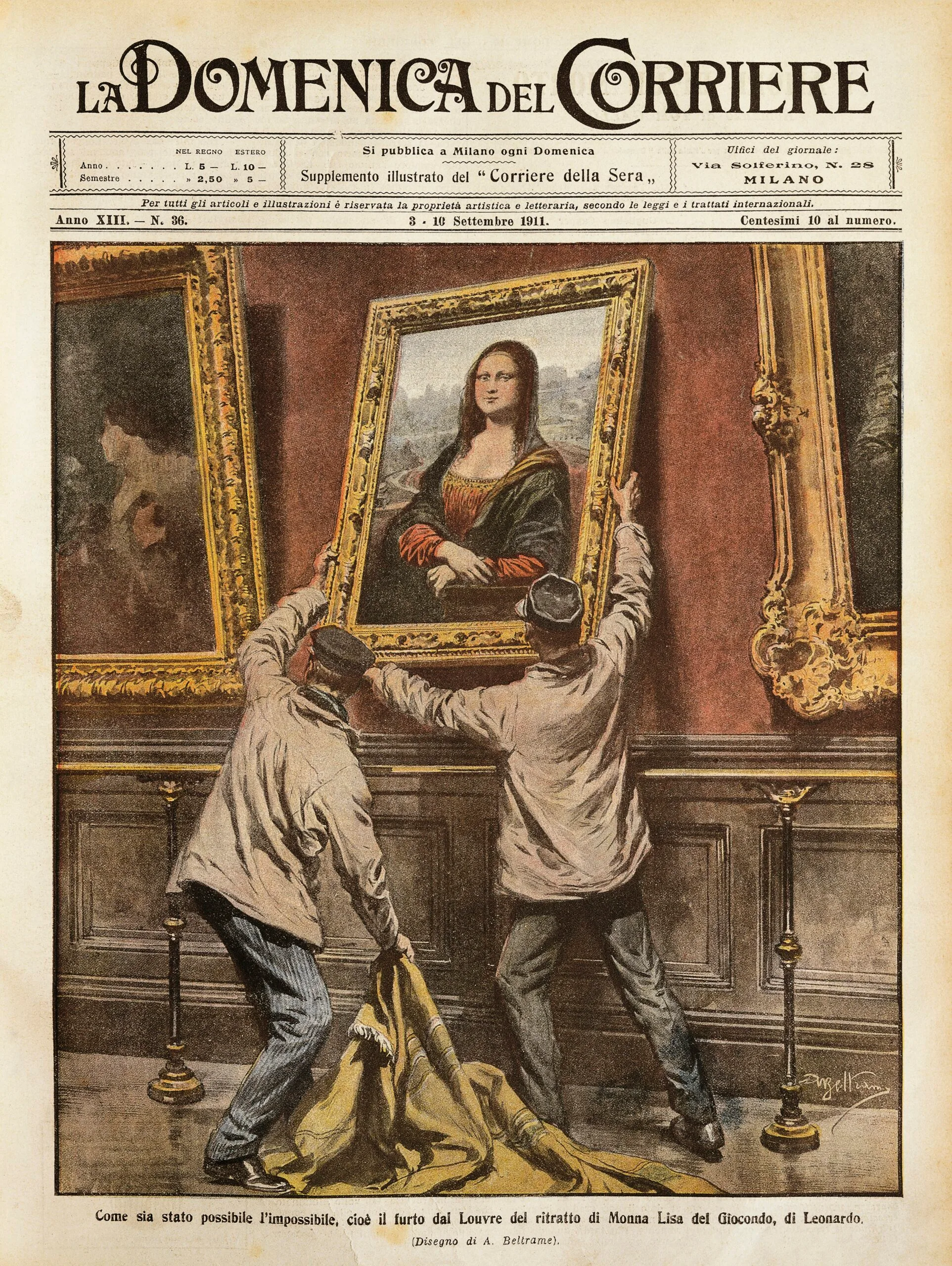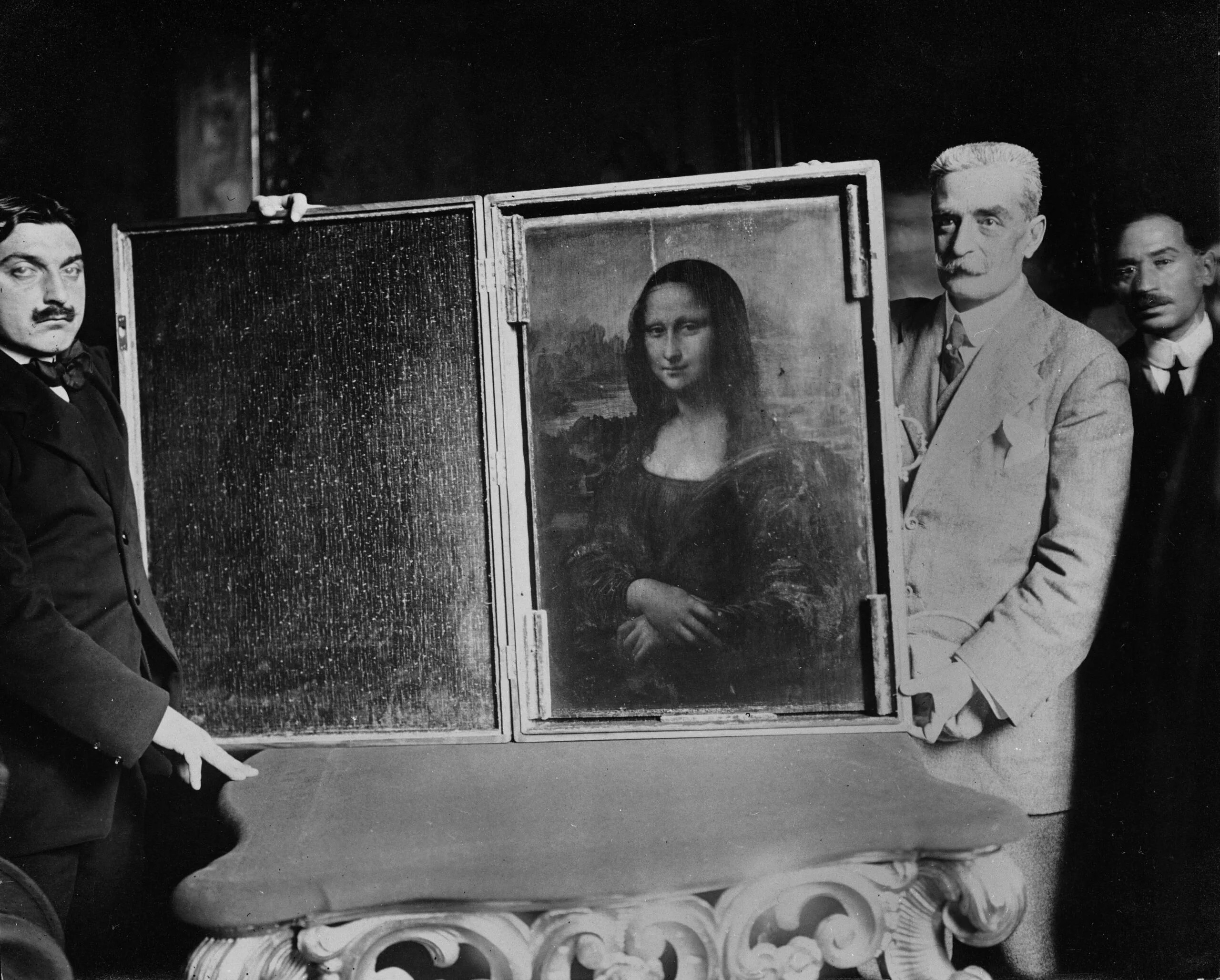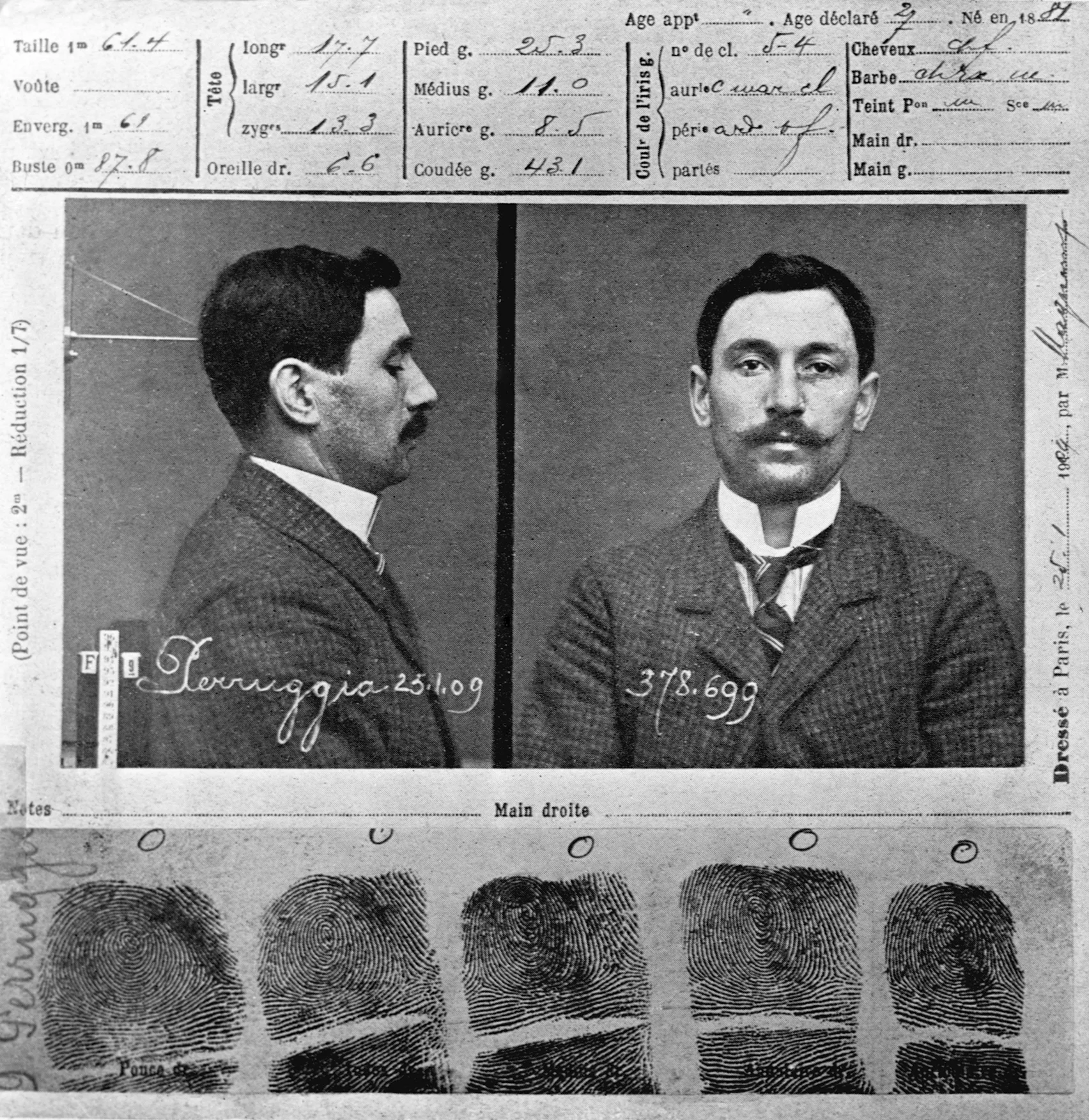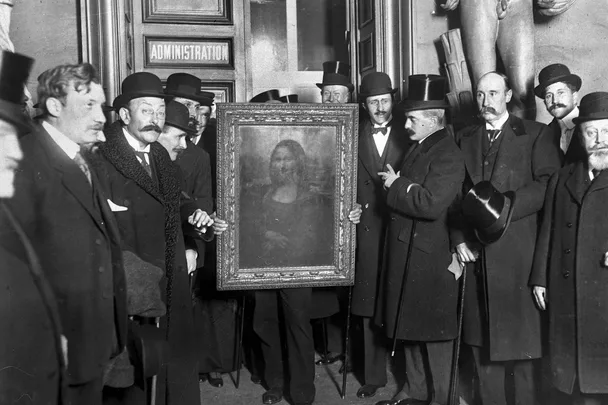At 7am one morning in Paris back in 1911, a man called Vincento Peruggia snuck into the Lourve disguised as a work man, took the Mona Lisa off the wall and absconded with the canvas underneath his cloak. It would remain missing for two years, sparking a worldwide hunt.
So begins Marc Fennell’s new podcast, No One Saw It Coming, which delves into unlikely or forgotten moments which would change unexpectedly change history. The first episode is dedicated to this long-ago theft, exploring why this theft would see the Mona Lisa become the most famous portrait in history, with people queuing up for hours to catch a short glimpse.
“There are often these inflection points in history where a person, an accident, an object or something goes on to change the world,” Marc tells The Weekly of the thinking behind his latest project. “There’s a domino effect that flows on from it, but at the time people don’t realise how important that moment is.”

Certainly this is the case for Vincento’s long-ago crime. The glazier had worked at the Louvre, ironically creating the security case which housed the Mona Lisa. Vincento was Italian and filled with nationalistic pride. He believed that the portrait, by Italian renaissance master DaVinci, belonged in his homeland, not in French museum rubbing shoulders with objects which had been plundered centuries earlier by Napoleon Bonoparte.
And so he came up with his audacious crime, timing his theft for a moment all other works had exited that gallery space, taking it into a nearby stairwell where he dismantled the frame and security box before departing nonchalantly with the canvas.
For 24 hours, nobody noticed it was missing. And then an art student arrived to paint a copy of the work and discovered empty space where it should have been. When the alert was finally raised, the police became involved – and a media storm erupts as the portrait is reproduced in newspapers around the globe in the attempt to track it down.
And this, Marc discovers in No One Saw It Coming is when “a well-regarded painting turned into an icon.”
“When she’s reprinted in that context, she becomes like a wanted poster or a missing persons picture. A big part of the mythology around the Mona Lisa is how mystical she is. Who is she looking at? Her eyes follow you around the room, she engages you, but she seems disconnected. There’s a sort of mystery we put on her.
“If this had been a picture of a landscape, I don’t think it would have had anywhere near as much impact.”

As the hunt went on, visitors queued to lay flowers where the portrait had once hung, adding even more to its allure. And while the police had Vincenzo’s fingerprints on file, they didn’t once question the former employee, who was hiding the famed canvas in his apartment.
During his investigation, in which he’s joined by art historian Mary McGillivray, Marc steps back in time to talk to the events – which included Pablo Picasso being questioned as a key suspect during the search.
“He was famous for stealing stuff,” laughs Marc of learning that the artist had been considered for some time as the thief. “I remember thinking, this is madness.
In the end, it was Vincenzo himself who proved his own undoing. Travelling to Florence, he attempted to sell the painting to an art dealer who swiftly informed the police. He was arrested and sentenced to seven months prison. Today, his name and crime are pretty much forgotten. But the smile of the Mona Lisa remains indelibly printed in our minds.

This is just one of many quirky history stories Marc will revisit on his ABC Radio National podcast, which will drop new episodes weekly.
“We have an episode about potatoes,” he says of the extreme range of history topics and mysteries he will explore in No One Saw It Coming.
“Potatoes were introduced into Europe in the days of Shakespeare and they literally thought potatoes would cause leprosy. They thought they were evil, because there was no mention of them in the bible. The potato had an incredibly bad rap.
“There was this one guy who was like a potato PR agent. He decided to throw parties with nobility and royalty and at a certain point he got Marie Antoinette to wear potato flowers in her hat.
“And that was a crucial part of how potatoes basically got a makeover – you can connect the flowers in the hat of Mary Antoinette to why we have French fries!
“Not all history is about wars and men making big speeches. It’s often about these quirky little moments that reshape the world and I love the magic of that.”











